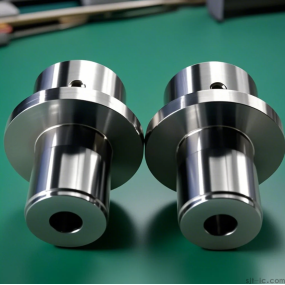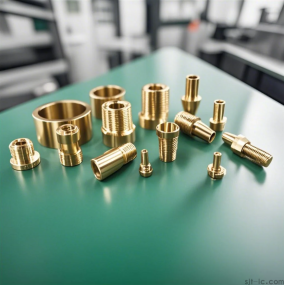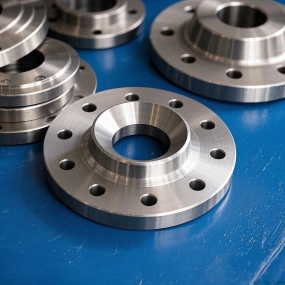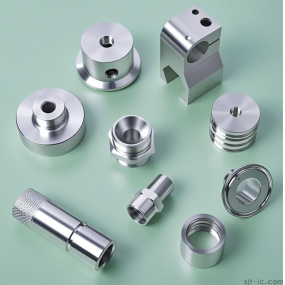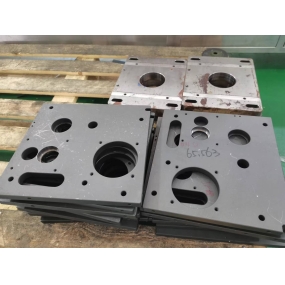Metal processing refers to the process of transforming metal raw materials into various metal products through a series of technological processes. Common metal product processing techniques include:
Sawing: Cutting metal raw materials into the desired size and shape. Common tools include band saws, hand saws, etc.
Drilling: Drilling holes on metal surfaces with a drill bit to create connection holes or through holes for metal products.
Punching and cutting: Using a punch press or stamping machine to punch metal sheets into the desired shape of parts.
Bending: Using a bending machine to bend metal sheets into the desired curvature or angle.
Welding: Connecting metal components using welding methods, common welding methods include arc welding, gas shielded welding, etc.
Precision machining: Precision machining of metals through mechanical equipment such as lathes and milling machines, including turning, milling, and other processes.
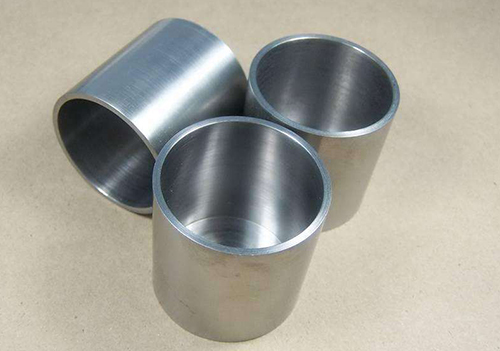
Surface treatment: Spraying, chrome plating, sandblasting and other treatments are applied to the surface of metal products to increase their glossiness and corrosion resistance.
Assembly: Assemble various metal components according to design requirements to form finished metal products.
Inspection: Conduct quality inspection on finished metal products to ensure that they meet design requirements and standards.
The above are common process flows for metal product processing, and each link requires precise operation and strict quality control to ensure the quality and performance of the products.
The content of the article is sourced from the internet. If you have any questions, please contact me to delete it!


 Spanish
Spanish Arabic
Arabic French
French Portuguese
Portuguese Belarusian
Belarusian Japanese
Japanese Russian
Russian Malay
Malay Icelandic
Icelandic Bulgarian
Bulgarian Azerbaijani
Azerbaijani Estonian
Estonian Irish
Irish Polish
Polish Persian
Persian Boolean
Boolean Danish
Danish German
German Filipino
Filipino Finnish
Finnish Korean
Korean Dutch
Dutch Galician
Galician Catalan
Catalan Czech
Czech Croatian
Croatian Latin
Latin Latvian
Latvian Romanian
Romanian Maltese
Maltese Macedonian
Macedonian Norwegian
Norwegian Swedish
Swedish Serbian
Serbian Slovak
Slovak Slovenian
Slovenian Swahili
Swahili Thai
Thai Turkish
Turkish Welsh
Welsh Urdu
Urdu Ukrainian
Ukrainian Greek
Greek Hungarian
Hungarian Italian
Italian Yiddish
Yiddish Indonesian
Indonesian Vietnamese
Vietnamese Haitian Creole
Haitian Creole Spanish Basque
Spanish Basque

